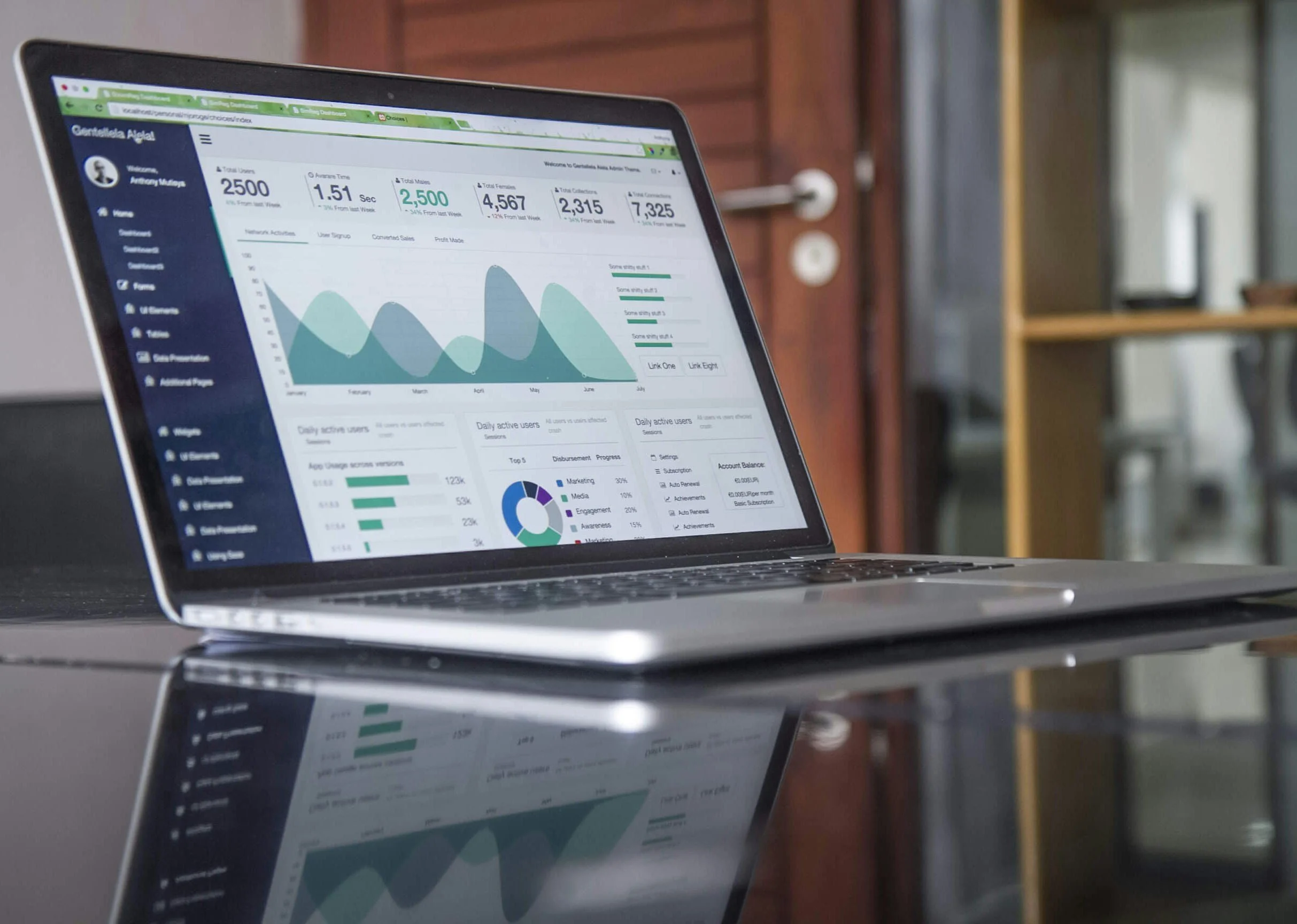145: Unlocking Business Growth
The Critical Role of Data and KPIs in Driving Sustainable Success
In today's competitive business landscape, tracking data is no longer a luxury—it's a necessity. Understanding the right metrics can mean the difference between thriving and merely surviving. In this episode, Devin and Cameron explore why tracking data is vital for any business aiming for sustainable growth. We'll break down the critical differences between leading and lagging indicators, and how to use them to drive better decision-making and predict future outcomes. Additionally, we'll examine the practical importance of Key Performance Indicators (KPIs) as a powerful tool for measuring progress, optimizing operations, and aligning your team around common goals. Whether you're a small business owner or an established leader, understanding these concepts is crucial for navigating the complexities of today's data-driven marketplace.
Why Track Data?
Tracking data is essential for businesses to benchmark performance against competitors and foster a more informed and motivated workforce. By consistently monitoring key metrics, companies can assess their standing against industry standards, identify areas for improvement, and capitalize on growth opportunities. This insight is invaluable for strategic planning and maintaining a competitive edge.
At the same time, data tracking benefits employees by providing clear, measurable goals and performance indicators. When employees understand how their efforts contribute to the company's success, it enhances their sense of purpose and engagement. It also empowers them to make informed decisions and take ownership of their roles, ultimately driving better results across the board. Leaders may understand the importance of monitoring and evaluating data, but it’s equally important to share that data with team members. Measurement behind closed doors achieves nothing.
Understanding KPIs: Leading vs. Lagging Indicators
Understanding the difference between leading and lagging indicators is crucial for effective, data-driven decision-making. Leading indicators are predictive metrics that provide early signals about future performance. They help businesses assess the effectiveness of current strategies and make proactive adjustments before outcomes are fully realized. For example, the number of sales calls made in a week is a leading indicator that can predict future revenue.
In contrast, lagging indicators are retrospective and measure outcomes after they have occurred, such as quarterly sales results or profit margins. While lagging indicators are valuable for evaluating past performance, relying solely on them can result in missed opportunities to adjust strategies in real time. By combining both types of indicators, businesses gain a comprehensive view of their operations, allowing them to anticipate challenges, seize opportunities, and continually refine their approach for optimal results.
Practical Benefits of Harnessing KPIs
By tracking the right data through a balanced approach of leading and lagging indicators and practical KPIs, businesses can achieve long-term success. These tools enable companies to stay ahead of the curve, respond quickly to market changes, and foster a proactive, engaged workforce. By understanding and leveraging these metrics, your business can not only benchmark against competitors but also cultivate a culture of continuous improvement and strategic decision-making. Start harnessing the power of data today to build a more resilient, competitive, and successful business.
Episode 145: Leadership Guide

